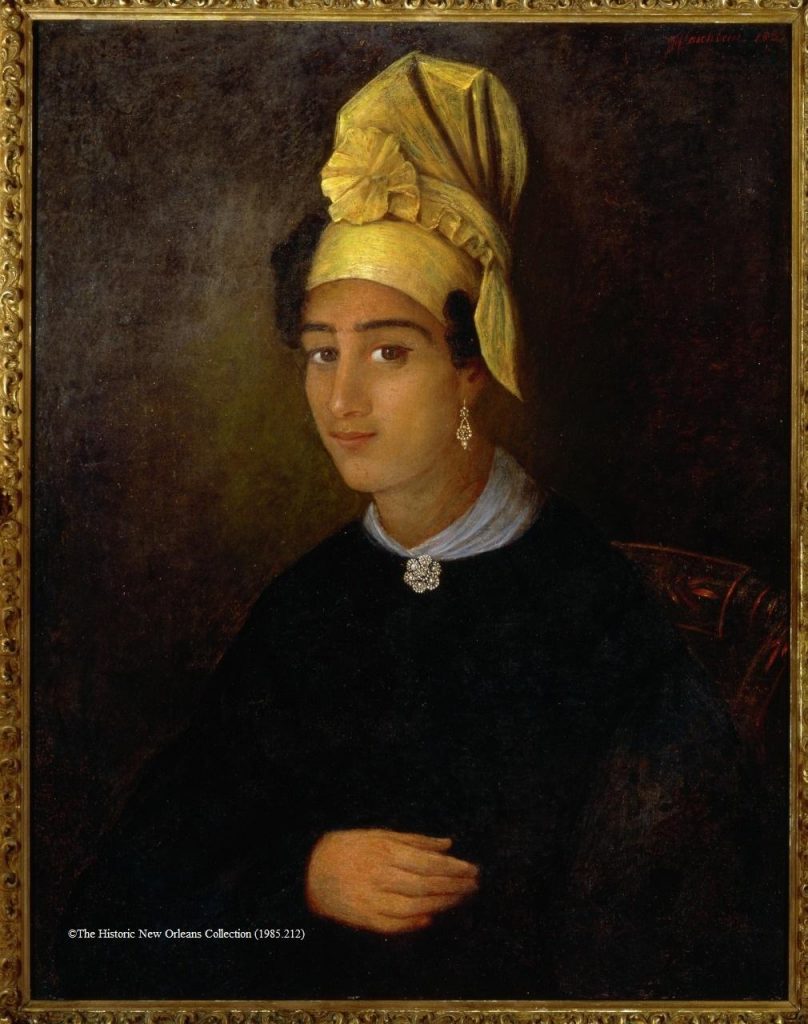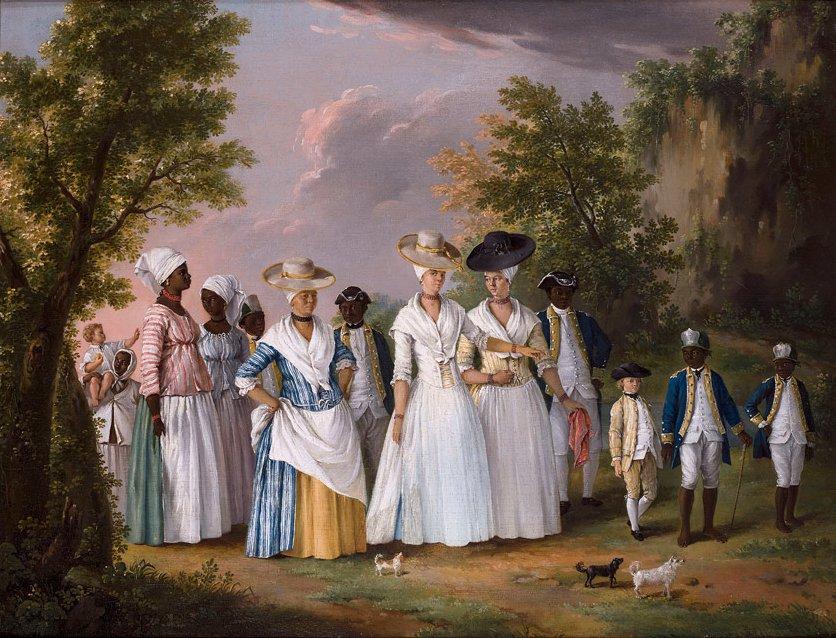There is a common myth told about 19th-century New Orleans. It goes something like this: Imagine you’re in an elegant dance hall in New Orleans in the early 1800s. Looking around, you see a large group of white men and free women of color, who were at the time called quadroons, meaning they supposedly had ¼ African ancestry. The mothers play matchmakers, and introduce their daughters to these white men, who then ask their hand in a dance.
— Tripod MythBusters on WWNO 89.9 New Orleans Public Radio
This radio story offers some conclusions from the research of Tulane University Professor Emily Clark, which she presents in more detail in her book The Strange History of the American Quadroon: Free Women of Color in the Revolutionary Atlantic World. Clark is also the author of Masterless Mistresses: The New Orleans Ursulines and the Development of a New World Society, 1727-1834, in which Clark “explores the transformations required of the Ursulines as their distinctive female piety collided with slave society, Spanish colonial rule, and Protestant hostility.”


